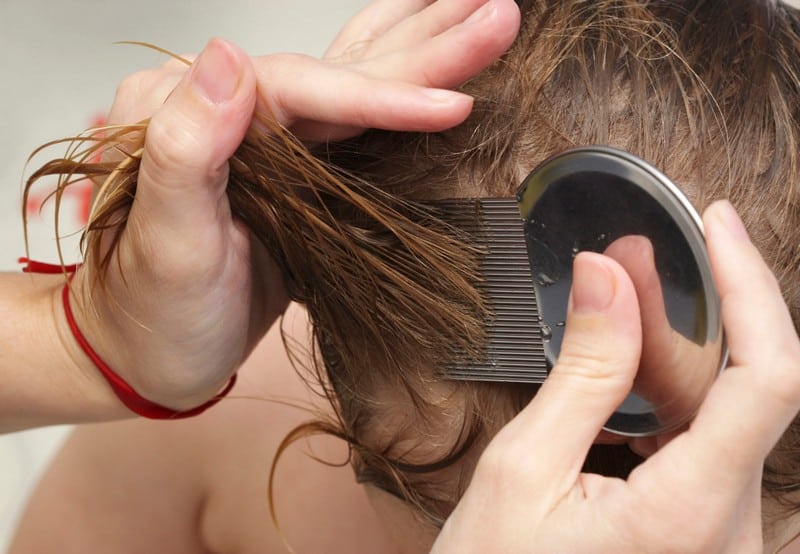Head Lice

Head lice are blood-sucking insects with no wings. They reside in the hair and suck the blood that comes from the scalp. A single adult (louse) size is comparable to a sesame seed, while a louse egg (nit) is comparable to a tiny dandruff flake. Head lice spread quickly. When the insects climb onto your head, you can contract head lice.
Touching another person’s head or sharing personal belongings, such as a comb, are two ways to acquire head lice. The risk of head lice infection is higher among preschoolers and elementary school children, as they frequently engage in close play.
In addition, family members of children in school are more likely to contract head lice. This risk applies to anyone who works in an elementary school, daycare facility, or preschool. There are numerous solutions for head lice., like shampoos available over the counter that contain the insecticides permethrin or pyrethrin can cure head lice. The majority of treatments require two applications. Any freshly developed nits will be killed by the second treatment, which is administered seven to nine days later.










